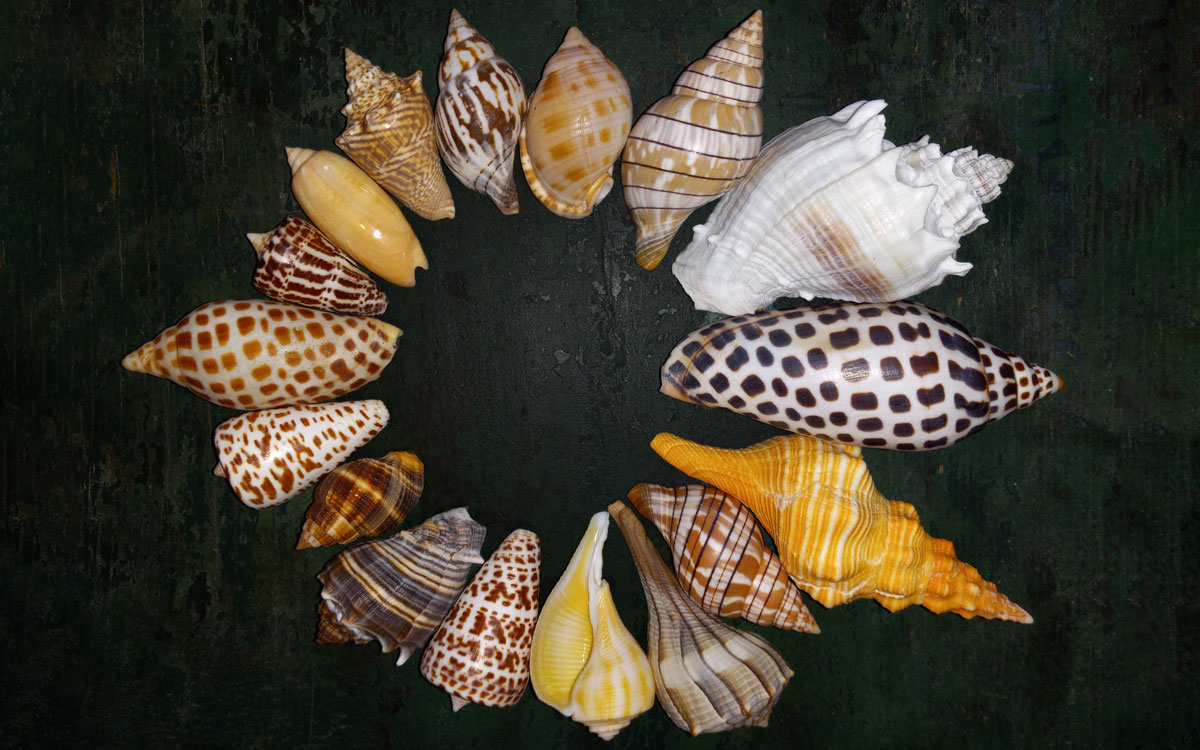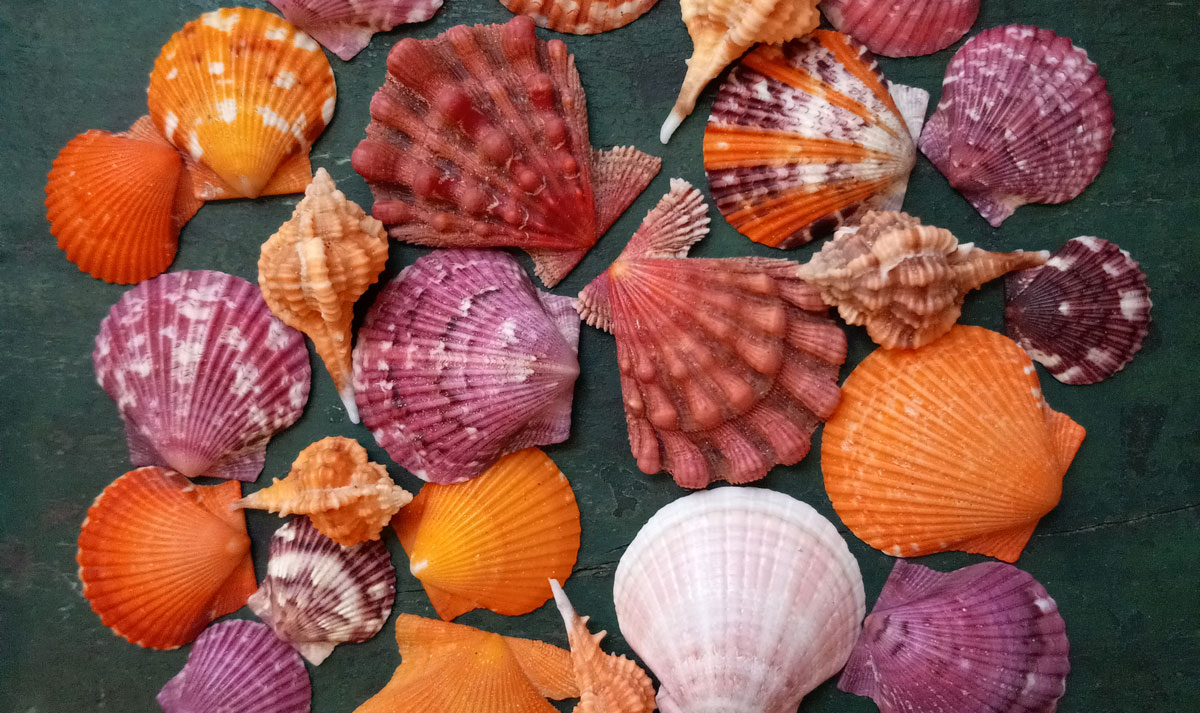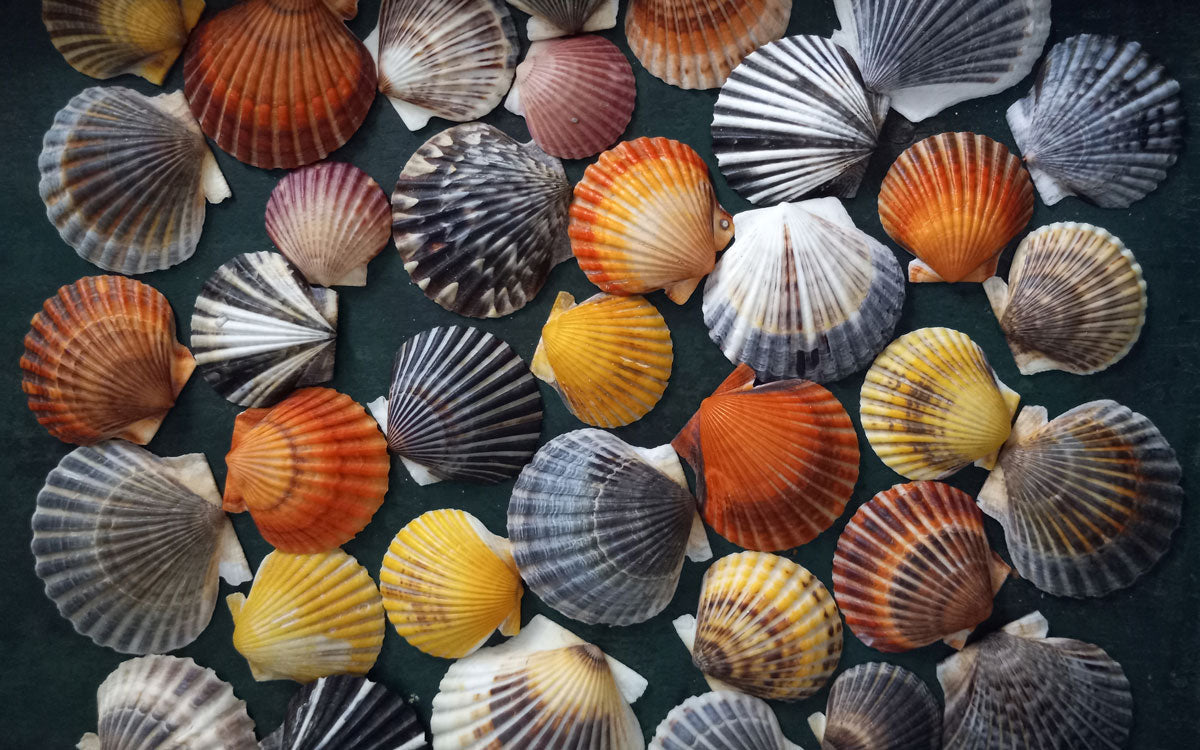Down East to Down South
By Rodie Kaiser

I was born on Long Island’s North Shore, where my mom often took me to the beach. We played with horseshoe crabs and dug for cherrystones, quahogs, and steamers. We ventured offshore to the farthest sand bar to comb for Indian paint pots and shells, dig for clams, and catch flounder with our bare hands. Most of our clams and flounder wound up on the dinner table that night.
At age nine, we moved to a lake house in Northern Vermont. We had a stream and roaring brook on 28 acres on one side of the road and another stream on 12 acres across the road. I loved trekking through the woods to the delta where the roaring brook met the lake, home to snapping turtles the size of Rhode Island and majestic great blue herons. We swam, fished, paddled row boats, and snowshoed.

During my college days in the late 1970s, we visited my parents’ friends vacationing on Sanibel Island, just off Bowman’s Beach. Upon arriving, I was greeted with a speech informing me of the notorious “Sanibel Three”: lion’s paw, Scotch bonnet, and junonia. Many days, the vacationing neighbors at Blind Pass Condominiums rose early with us, and by 3:00 am, we were all trekking the gulf shoreline with flashlights and plastic bags. Shells dropped in front of us left and right, and we often could not keep up with Mother Nature. By 7:00 am, we were back at the condo just in time for pancakes.
I was mesmerized by the beauty and architecture of every mollusk we found. My curiosity took over like a sandstorm. Our friend had found a beautiful ruby lion’s paw valve (a single shell from a bivalve). Mom found an albino Scotch bonnet that still sits in my collection today, along with many baby reticulated (netted) helmets. We hired a captain to shell the shoals of North Captiva, where we found many lightning whelk shells, whose inhabitants had been eaten by the local Native Americans. I could see the knife marks in remnants of flesh still present in many flawless, empty mollusks. After the boat docked, I sped to Fort Myers to catch my flight back to Manhattan. I was in complete and total awe all the way home. My college professor seemed miffed, asking why I missed class for two weeks so early in the semester. I hesitated, “Um, I was shelling.”

I yearned to visit Sanibel more and more. It became a sanctuary and reprieve from the white noise of Manhattan and Westchester where I studied music. There was no air conditioning, even on stifling summer days, just an elderly man named Carmen Caruso, who was every determined brass player’s guru. By the time I left my brutal weekly trumpet lesson, I yearned to be on Sanibel, shelling in a gulf breeze.

I drove to Florida for more vacations, making a beeline for Castaways at Blind Pass. I frequented a local shrimp shack that once stood along the Sanibel Causeway in Punta Rassa. Upon entering, there was a bountiful display of the largest lion’s paws I had ever seen, all for sale by local fishermen. There were two priced sections, $10 and $100. I marveled at a fully intact gem: a red, white, and blue striped lion’s paw. Fresh out of four years of college, I could only afford a $10 valve and had to pass on the most monumental regret in my shelling history, what I call the “Patriotic Paw.” It was, to this very day, the most remarkable bivalve I have ever laid eyes on.
The day after graduation, I moved to Florida, shelling nearly every day under the Sunshine Skyway and in the back channels of Tampa Bay. I was in heaven. Huge tulips, lightning whelks, and king’s crown conchs were astounding and surreal. As my collection grew, so did my fondness for showing others the endless treasures waiting to be found. I was always a discriminating sheller from my early days. I yearned for unique and unworn specimens; diamonds in the rough.

Business brought me to Down East Maine, where I built a house on the shore of Gouldsboro Bay, the scallop breeding ground of the Eastern Seaboard. Little did I know, scallops would eventually become my favorite mollusk. I opened a small business on the shore of Prospect Harbor and took my boat on great adventures.
Work took me back to Manhattan, then to the Desert Southwest (New Mexico, Arizona, and Texas), and back to Manhattan. I was once again getting the itch to be surrounded by nature so I finally made my way back to Sanibel. I worked on Sanibel and Captiva and then another job opportunity involving Shoreline Zoning and Shellfish Regulation brought me back to yet another working harbor in Maine. I lived 60 feet from the water’s edge in Winter Harbor, which is loaded with lobster boats, buoys, pottery pieces, and plenty of well-tumbled sea glass. My next stop was Cape Cod, where I discovered what the locals warned me did not exist: shells! I consider cold water specimens to be the most beautiful in my collections.
After a short stint on the Cape, I ventured back to more of my Florida stomping grounds, Goodland and Marco Island. While seeking work, I was asked to be first mate for a local shelling boat tour operator. I yearned to help guests find unique specimen variations, so they could boast about them to all their friends. I was enthralled working at two local marinas, learning more about marine life from my boss, local boaters, and charter captains while feasting on their daily catch. I had an all-expenses-paid education in a front row seat on the fringe of Southwest Florida’s renowned Ten Thousand Islands Wildlife Refuge (Rookery Bay Estuarine).
I became familiar with the nooks and crannies of a delicate mangrove labyrinth while navigating visitors, taking friends shelling, and teaching strangers whom I met on social media how and where to shell. I am actively pursuing my mission to donate my Southeast and Northeast collections to a museum to share with the beachcombing world.
All photos courtesy of Rodie Kaiser.
Learn more about seashells
Learn more about identifying shells, the history of seashell collecting, great shelling beaches, and the lives of the animals who make the shells we find on the beach. Articles ›
No live shelling: Be sure shells are empty and sand dollars, sea stars, and sea urchins are no longer alive before you bring them home.
This article appeared in the Beachcombing Magazine March/April 2023 issue.
1 comment
Great post/site Rodie. Very interesting… I hope you are well and glad you found your passion.
Take care







